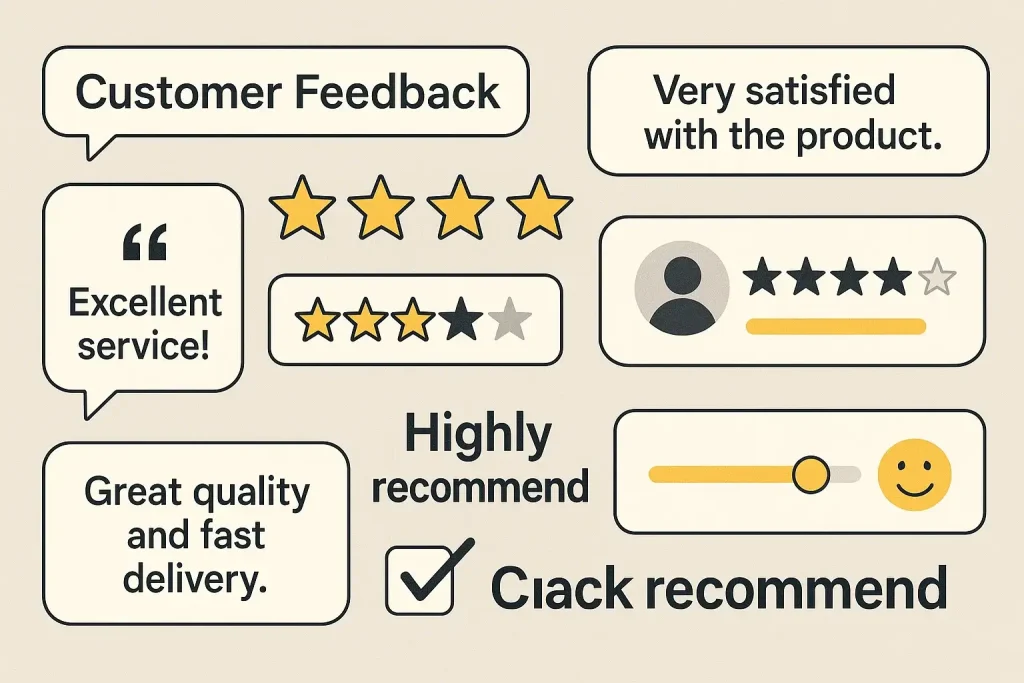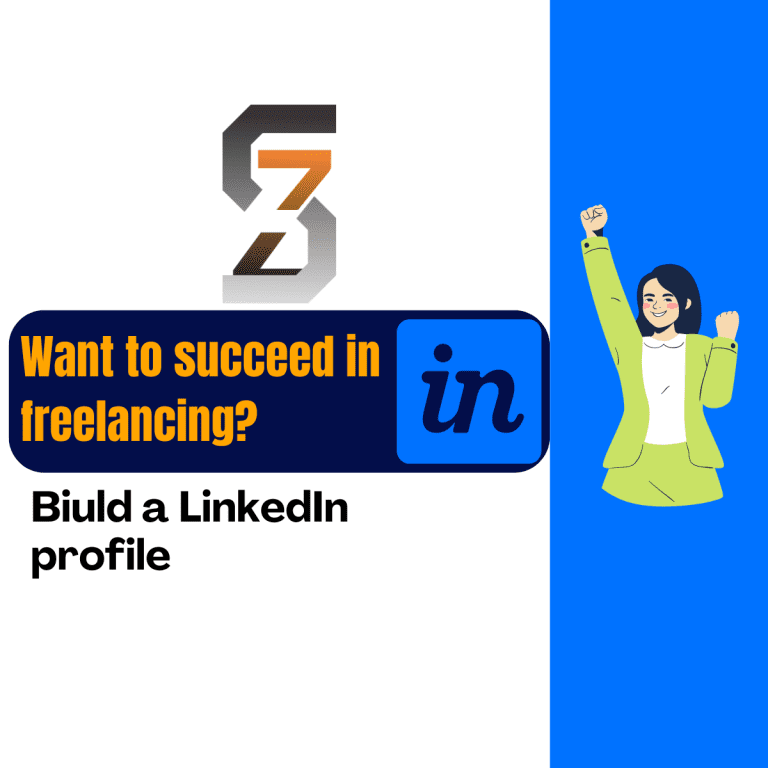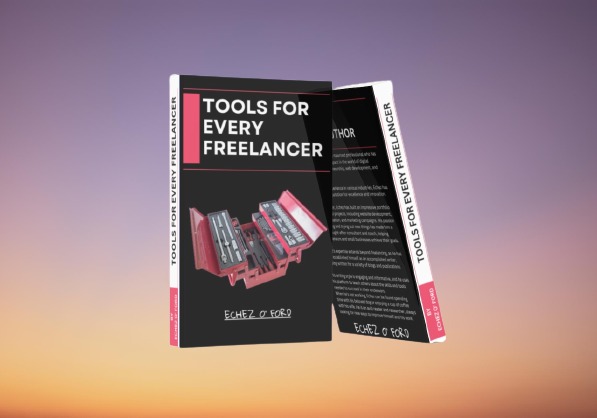Please Follow us on social media >>>>
Proven Strategy for Getting Powerful Testimonials
How the Pros Get Testimonial that Boost Sales and Credibility

If you are looking for how to collect testimonials, you are in the right place.
One of the most underrated growth strategies, especially for creators, coaches, and digital entrepreneurs is strategically collecting testimonials.
Testimonials aren’t just compliments; they are social proof, credibility builders, and conversion boosters.
When potential customers land on your sales page or product listing, they often have one burning question: “Will this really work for me?” Testimonials from real users give them the answer from someone other than you—someone they’re more likely to believe.
But here’s the thing: good testimonials don’t just happen.
- You have to plan for them,
- ask the right people, and
- guide the feedback process to extract the kind of testimonials that convert.
Here’s a detailed step-by-step strategy for getting high-quality testimonials that build trust, authority, and sales, especially if you’re launching a digital product like an eBook, PDF guide, course, or coaching service.
Step 1: Identify 5–10 Ideal Early Users
The first step is finding the right people to experience your product. These should be individuals who closely resemble your ideal customer.
Where to find them:
- Your existing email list, no matter how small.
- Past customers or clients.
- Personal network: friends, colleagues, online peers.
- Targeted outreach: DM or email individuals you know are struggling with the problem your product solves.
Example: If you created an information product, let’s say a PDF guide and it is about how to make money with freelance writing, then find 5–10 aspiring writers who are actively trying to break into freelancing but haven’t had much success yet.
Tip: Don’t just pick people at random.
Choose those who:
- Have the problem your product solves.
- Are likely to follow through and give feedback.
- Have an audience (optional, but great for word-of-mouth).
Step 2: Offer the Product for Free or at a Deep Discount
Once you’ve identified your 5–10 people, offer them your product at no cost or at a massively discounted rate (80–90% off). Present this as a win-win opportunity.
“You’ll get access to this guide at no cost, and in return, I’d love your honest feedback and a testimonial if you find it valuable.”
This approach works because:
- It builds goodwill.
- It positions the ask (testimonial) as a fair exchange.
- It gets your product into real hands, fast.
Step 3: Set Expectations Clearly (The “Catch”)
To ensure you get useful, timely testimonials, you need to set clear expectations from the start.
Tell your early users:
- They must read/use the product within 5–7 days.
- They should be honest in their feedback.
- They’ll need to submit a written or video testimonial.
Frame this as part of your product development journey.
Most people are happy to help when they feel like they’re part of something important.
Here’s a simple message you can send:
“Hey, [Name], I’m giving you early access to this product because I trust your insight. I just ask that you go through it in the next 5–7 days and send me a short testimonial. Written is great, and if you’re up for it, a quick video would be even better!”
Step 4: Guide Them on What Makes a Great Testimonial
Many people struggle with giving testimonials not because they’re unwilling, but because they don’t know what to say. Make it easy for them by providing a structure or a few guiding questions.
Give them this format:
- What was your biggest challenge before using the guide?
- What specific strategy, idea, or platform from the guide did you use?
- What result did you get? (Time saved, money made, frustration reduced, etc.)
- Would you recommend it to others? Why or why not?
Example Testimonial Using This Framework:
“Before I read this guide, I was wasting hours every day trying to find freelance writing jobs. I didn’t know where to look or how to pitch. The section on Upwork profile hacks was a game changer. Within 3 days of applying the tips, I landed my first $75 job! I would 100% recommend this to any Nigerian freelancer starting out. It’s practical, real, and it works!”
Step 5: Make It Easy to Submit
Reduce friction by giving them simple options for submitting the testimonial:
- Google Form or Typeform with the testimonial questions.
- WhatsApp/Telegram/Email submission for those who prefer casual communication.
- Short video via phone: you can even offer to hop on a quick Zoom call to record it.
The easier you make the process, the more testimonials you’ll get.
Step 6: Follow Up (Gently but Firmly)
Life gets busy. Even people with the best intentions can forget. That’s why it’s crucial to follow up if you don’t hear back within your specified timeline (5–7 days).
Send a polite reminder:
“Hey, [Name], just checking in. Were you able to go through the guide yet? Would love to get your feedback whenever you’re ready, it helps me improve and also lets others know how it’s working for real people!”
If they need more time, offer an extension. If they’ve read or used your product and just haven’t responded, this follow-up often gives them the nudge they need.
Step 7: Curate and Use Your Testimonials Strategically
Once you have a few solid testimonials, it’s time to put them to work. Many people do the heavy lifting of getting testimonials, only to use them wrongly. Don’t be one of them.
Here’s where and how to use the testimonials you get:
- On your sales page: Use 2–3 testimonials above and below your call-to-action buttons.
- In your email marketing: Include a “What Others Are Saying” section in your launch emails.
- In social media content: Turn snippets into quote graphics or testimonial carousels.
- In videos: Overlay testimonials on product demos or intro videos.
- In presentations or webinars: Use them as social proof during your pitch.
Pro Tip:
Use the person’s full name, photo, and occupation/location (if possible and with permission) to make the testimonial more believable.
Step 8: Bonus: Encourage Ongoing Testimonials
Don’t stop after your first 5–10 testers. As more people buy and use your product, keep the testimonial engine running. Add a simple testimonial request on.
- The last page of your PDF or eBook product.
- Your email sequence (e.g., “What did you think?” 7 days after purchase).
- Thank-you pages after download.
Offer a reward: For example, “Leave a review and get a free bonus checklist” or “Submit a video testimonial and get 30% off your next product.”
4 effective solutions that help you collect and manage testimonials easily and professionally:
VideoAsk by Typeform
Best for: Collecting engaging video testimonials.
Why VideoAsk great:
- Let’s users respond to your request with a video, audio, or text.
- Easy to use on mobile or desktop.
- You can embed it on your website or share a link.
Use case: Ask your early users to send a quick video review—no setup or editing needed on their end.
Testimonial.to
Best for: Automating the testimonial collection process.
Why Testimonial.to great:
- Collects text or video testimonials via a unique link.
- Lets users upload or record directly without an account.
- Has a clean testimonial display widget for your website.
Use case: Create a branded page where all your users can drop testimonials anytime.
Google Forms or Typeform
Best for: Structured written testimonials on a budget.
Why it’s great:
- Free and easy to customize.
- You can add guiding questions to help users give better responses.
- Collects responses in a spreadsheet for easy access.
Use case: Send a form with pre-set testimonial questions right after your user finishes your product.
Senja
Best for: Collecting, managing, and showcasing testimonials beautifully.
Why it’s great:
- Collect text and video testimonials via link or embed.
- Approve and organize testimonials in a dashboard.
- Create branded testimonial walls or sliders.
Use case: A complete solution to manage all your testimonials in one place.
Final Thoughts: Why This Strategy Works
This testimonial strategy isn’t just about getting nice words, it’s about building momentum and credibility, especially in the early stages of a product launch.
Here’s why it works:
- It gives real users a reason to engage with your product quickly.
- It gives you valuable feedback to improve your product.
- It builds a library of social proof that grows your authority and increases conversions.
When people see others like them getting results, their objections melt away. They think, “If it worked for them, maybe it will work for me too.”
So, if you’re launching a guide, eBook, course, or digital product, or anything else, don’t wait until sales slow down to get testimonials.
Start gathering them intentionally, from Day 1.
It’s one of the smartest moves you can make to build a business that’s not just profitable but trusted.
Your Turn:
Have you tried this testimonial strategy? Planning to? Drop your thoughts or questions in the comments or hit reply. I’d love to hear about your experience.





